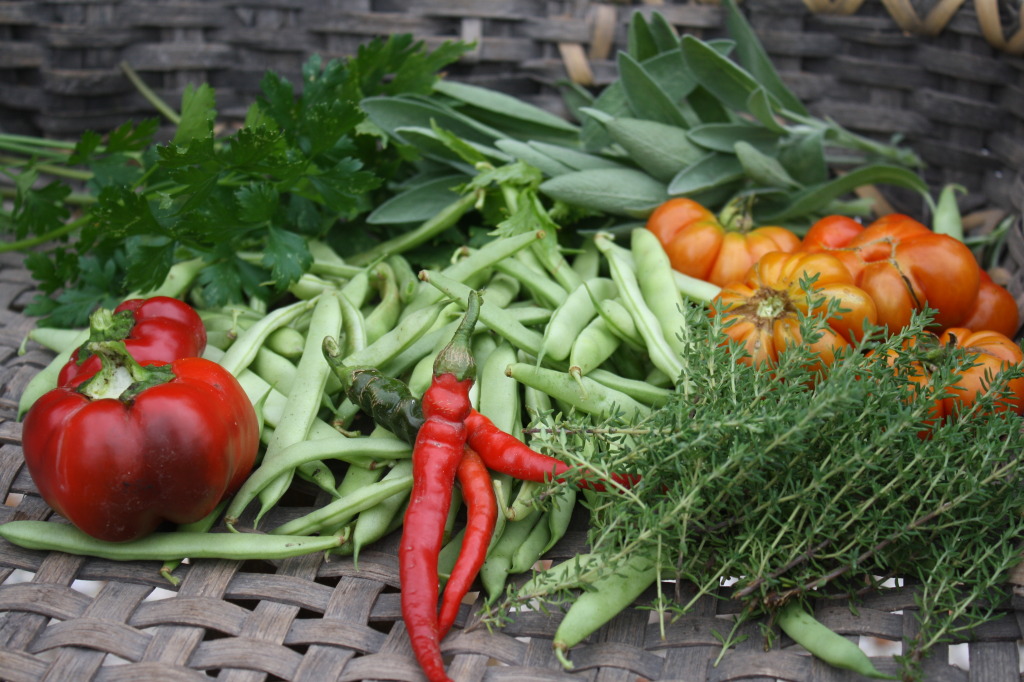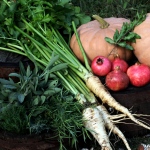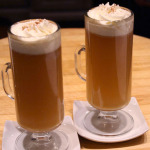
Most of us would agree a meal in our house usually starts with a recipe. But in the 1700s, it started with the ingredients. Colonists didn’t have the luxury of filling a shopping cart with imported produce and instead depended on what was actually growing in their gardens. So, in taking a page out of their 18th-century cookbook, we took a stroll down Duke of Gloucester Street to get an idea of which fruits, vegetables, and herbs are still in season as we transition from summer to fall.
Wesley Greene (last name – apropos) let us pick his brain… and his garden for ideas. And what we learned is that in colonial Virginia, tomatoes may have been known as “love apples” for their alleged aphrodisiac powers, but it took more than 100 years for them to actually win over the hearts and appetites of the English cooks. Initially, they were relegated to stews and sauces which meant the BLT was certainly not on the menu at any tavern. If it had been, you would have gotten it heavy on the “B” and minus the “T.” It turns out, tomatoes weren’t eaten raw until the mid 1800s.
Many of us like our green beans cooked and coated in a little garlic and butter. But in the 18th century, beans were usually eaten fresh and straight from the vine or dried and stored to last through the winter. That’s also when they were known as true string beans and with good reason. We did some research and the pods then were extremely tough, with an actual fiber running from tip to tip. You had to remove the “string” before you would eat them. Today, we call them “snap beans,” and when you’re picking them from the garden or grocery store, they should do just that when you bend them.
Whether they’re stuffed, grilled, or tossed into salads—all varieties of peppers are still good this time of year. Surprising to us, our ancestors had an affinity for cayenne. In fact, it was one of most popular ways to add spice and flavor to early dishes, including chocolate. The sweeter peppers—the sheepnose and bullnose (pimento and bell) were perfect for pickles!
We can’t wait for all that autumn promises to bring to the Colonial Williamsburg gardens—including pumpkins, parsnips, and yes—even pomegranates.
Here are some 18th-century recipes for the 21st-century kitchen.
What are some of your favorite ways to eat tomatoes, green beans and peppers?




Bonnie F. Wright says
Love this and can’t wait for more posts!!!
Thank you, Bonnie! We just posted modern recipes from our chefs using ingredients from this blog post. Hope you enjoy them.
Excellent! Can’t wait to read more! Very informative too!
We appreciate the feedback, Pam. Today’s post features more recipes, including one for chili pepper truffles!
I like this. I will be looking forward to more posts. I am going to try the tomato and egg recipe, it looks easy and wonderful.
Trish, please let us know how your eggs and tomatoes turn out! If you want to be more adventurous, check out today’s post that includes some modern recipes from our chefs.